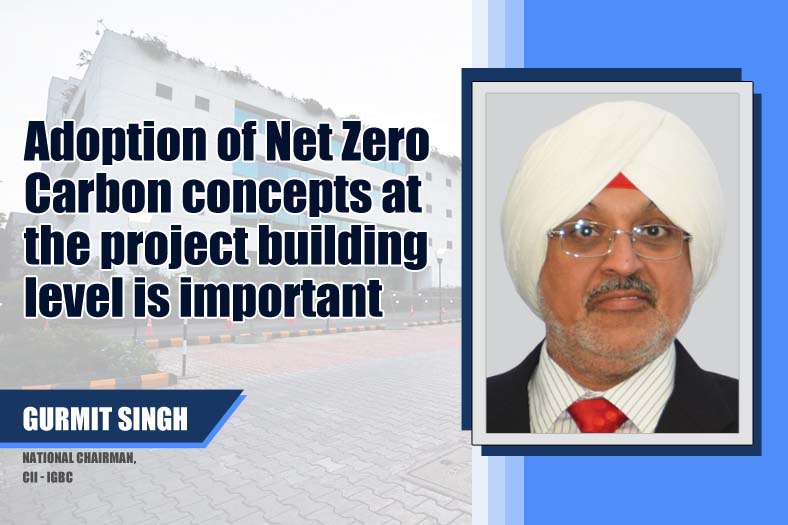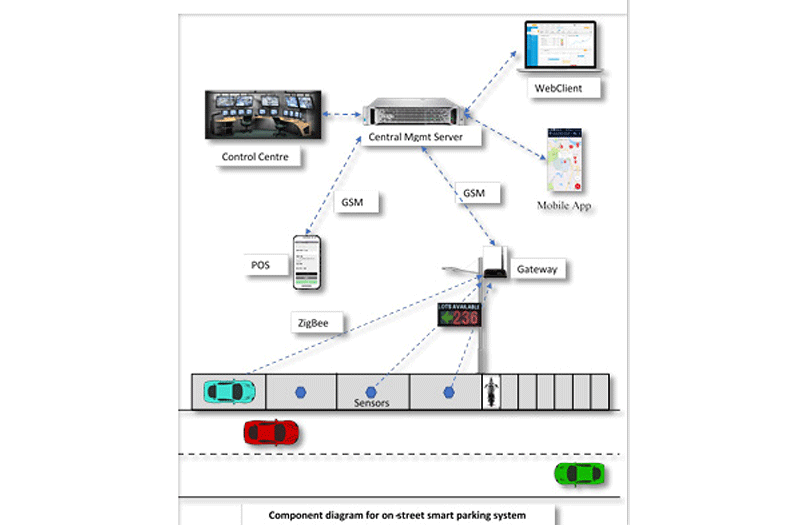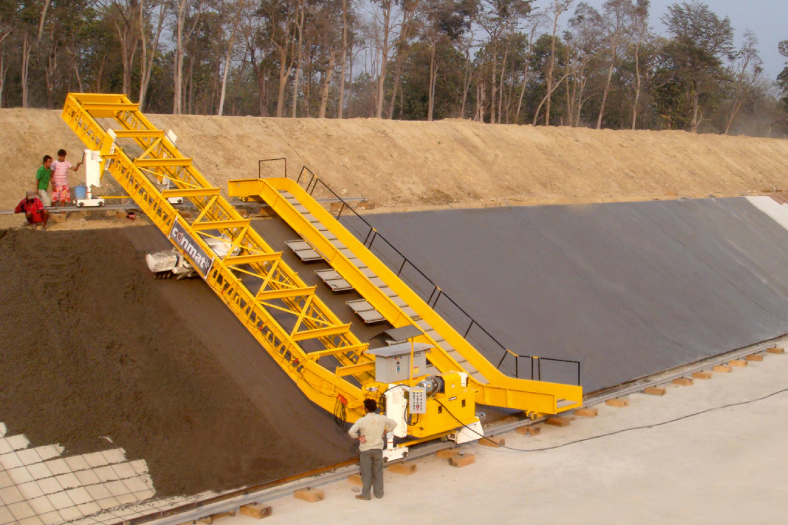Indian Mining Equipment Industry – Trends and Challenges
Indian Mining Equipment Industry – Trends and Challenges
Mining industry in India is going through a tough phase due to several bottlenecks such as lack of finance, environmental issues and land clearances. This puts the demand of mining equipment in back foot. However, experts at Tata Strategic Management Group anticipate moderate growth for the sector.
Industry overviewThe Planning Commission estimates that about $ 15 billion will be invested up to FY 17 in the mining sector in India. The Indian mining industry has seen rough weather in the last one-and-half years due to regulatory changes and hurdles in land and environment clearances, but moderate growth will still continue and this will drive demand for mining equipment. Mining equipment demand could consequently grow from about $ 430 million in FY 12 to about $ 600 million by FY 17.
Mining equipment encompasses a large gamut of equipment such as rope shovels, motor graders, rotary drills, large excavators (below 35 tonnes), surface miners, long wall equipment, dragliners, continuous miners, dumpers, and dozers.
Key trendsOver the last 5 years, competition in the Indian mining equipment sector has increased. Companies from overseas have entered in India and led to far reaching changes across products, services (e.g. financing) and customer expectations, regarding the purchase experience as well as service levels. With the changing competitive scenario and customer preferences, new trends are emerging in the mining equipment sector in India:
Stalled projects due to stringent regulationsIndian mining sector contributes almost 2 per cent to the total GDP of India. The total value of mineral production in India was around Rs. 2,200 billion in FY 12 and most of it came from coal and iron ore mining. These two segments constitute around 85 to 90 per cent of the total mining activity in India. Mining activity has stalled in these two sectors, especially in iron ore. Many mines in Karnataka, Goa and Odhisa have stopped producing iron ore due to the Supreme Court order which was designed to curtail illegal mining. Coal block allocation has also experienced a new bidding process to allocate mines. In the last 5 years, very few coal blocks were developed due to lack of finance, environmental and land clearances, among other problems. Slow growth in mining sector has adversely affected the mining equipment sector. Thus, while the construction equipment industry is growing at around 15 per cent, the mining equipment industry is growing at less than 7 per cent.
Changing technology expectationMining equipment such as excavators, wheel loaders and dumpers will remain the biggest contributors in terms of value and volume in the medium term. However, products such as dragliners, surface miners and long wall equipment will experience higher growth. The entry of several multinational OEMs has led to significant upgradation in technology-driven product features, such as remote access devices, automatic controls to manoeuvre machines, more efficient (Tier 3) engines, and cabin air conditioning. These are gaining popularity among customers. Some recent product launches feature several additional functionalities, including service enablers such as the capability to send problem logs by SMS to the nearest service point, and downloading historical data regarding engine, hydraulic systems, fuel consumption and the expected life of critical components. Increasingly, operators attach value to equipment with smooth controls and air conditioning. Users of mining equipment expect the OEM to track component life and inform them about the required replacement or servicing of parts. Customers are becoming increasingly cautious on the need to invest in operator comfort to retain skilled operators.
Key Mining Equipment Market Size (Units, FY ‘17) Note: 1) Others Number included both the segments, mining and construction. 2) others include: Surface Miners, Long well equip, continuous miner, dragline Source: Tata Strategic Analysis, Secondary Research
Increasing adoption of higher capacity productProductivity is the key concern in the mining industry. Customers are moving towards higher capacity machines to improve their productivity and turnaround time. In excavators, products ranging above 70 tonnes are now preferred over lower tonnage machines. EPC contractors, who had machines in 50 to 70 tonnes category, are now moving towards 100-tonnes machines. Similarly, wheel loaders of more than 3-cubic metres capacity and dumpers of more than 40-tonnes capacity are gaining popularity.
Changing buying behaviourThe changing nature of competition is actively driving changes in buying behaviour. Mining equipment customers can be segmented into corporate (e.g. Coal India, NMDC and Tata Steel who follow bidding or equivalent processes to purchase such equipment) and retail (like smaller enterprises which purchase machines for rentals). Compared to the construction industry, customers in the mining industry are more evolved in their buying process and receptive to new technology. While a few retail customers and first-time buyers still look for upfront price; evolved institutional buyers are moving towards assessment of total cost of ownership (TCO) or owning and operating cost, fuel efficiency, equipment uptime, and the availability of long-term maintenance contracts such as MARC and AMC.
Rise in equipment leasing and rentalMining companies are under a lot of pressure to trim capital outlay. Hence they increasingly rent equipment on a monthly or hourly basis, or where possible, on the basis of the amount of material handled. Some customers choose to lease equipment and maintain an asset-light model. Leasing or rental of construction equipment is still a very fragmented industry in India, but it is expected to show strong growth, possibly higher than 30 per cent annually over the medium term. Several OEMs have already constituted dedicated teams for rental and leasing services.
Service as a differentiatorIn mining equipment, differentiation solely on product features has limited scope, with domestic players also catching up with new features and options. After-sales service can emerge as the key differentiator, with rising customer expectations. A research conducted by Tata Strategic Management Group (TSMG) shows that for certain categories, customers expect MTR (mean time to response) of about 24 hours and MTTR (mean time to repair) of around 48 hours. They also expect at least 90 per cent on-time delivery performance. Mining machines undergo more wear and tear compared to construction equipment. On an average, an excavator operational at a coal mine runs 8 hours extra compared to an excavator which works on a construction site. In this situation, maintaining uptime of the machines is very critical. Therefore, uptime greatly influences the buying decision. Customers expect that fast-moving spare parts like hoses, seals, and bucket teeth should be stored at the job site. Whereas the longer lead items such as motors, pumps, cylinders, and engine parts should be delivered within 48 hours. Today, many OEMs are taking unacceptably longer time to deliver long lead items. In one such incident, a machine owner expressed that one OEM took more than one month to deliver a hydraulic cylinder for a broken machine which forced him keep machine shut for a month. This kind of delay clearly translates into huge costs for the customers.
Increased mechanisationSocial sector schemes, rising prosperity and other factors are causing a shortage, and increasing the cost of semi-skilled and unskilled labour across India. This has impacted the Indian mining sector as well, which has hitherto remained much less mechanised than in China. TSMG research shows that if just half this gap in mechanisation intensity is to be made up, mining equipment demand will have a huge upside.
ChallengesBesides the overall economic scenario and delayed execution of mining projects, there are challenges like ensuring safety during operation of mining equipment, and achieving consistent service levels. Further, due to the recent entry of several international players, incumbents are under pressure to rejig their product portfolio, reach and productivity.
Way forwardThe presence of a large number of OEMs provides customers an opportunity to seek the best product and service combination appropriate for their needs. Larger customers will increasingly look at the Total Cost of Ownership (TCO) fuel efficiency, uptime and service, while buying equipment. This could expand the addressable market for premium products. However, TSMG research in this sector shows that customers of premium products perceive a significant gap between the premium services that they expect vis-à-vis the service they typically receive. A superior service perception would hence be a differentiator in this segment. In addition, first time buyers, while choosing value products, would also require improved geographic reach of the dealer network and investments in after-sales service and spares.
India is currently at the lower end of the mechanisation curve and the majority of the customers are value seekers, experimenting with low-end mechanisation appropriate to their conditions. To attract such customers, MNCs should customise products and localise to drive down cost. Some OEMs have put up capacity for such customised products and are targeting significant localisation of products.
The Indian mining equipment industry is poised for exciting times ahead, and OEMs should leverage the opportunity by listening to customers and differentiating their overall offering to compete successfully.
Shripad Ranade is the Principal of the Auto & Engineering Practice at Tata Strategic Management Group. He has about 14 years of experience in the industry and consulting. He has worked with leading international and Indian companies in the metals, engineering, automotive, and retail sectors. His key areas of interest are business planning, competitive strategy, and international business development.
Prabhakar Tiwari is a Project Leader with Tata Strategic Management Group’s Auto & Engineering Practice. He holds an MBA degree from Purdue University, USA and has 7.5 years of rich experience in new product development, value engineering & analysis and process engineering spanning across – mining & construction and HVAC equipment industry. His work centres on strategic transformations, including product & market strategies, business planning & feasibility studies along with competitive & growth strategy formulation at Tata Strategic.
Cookie Consent
We use cookies to personalize your experience. By continuing to visit this website you agree to our Terms & Conditions, Privacy Policy and Cookie Policy.










